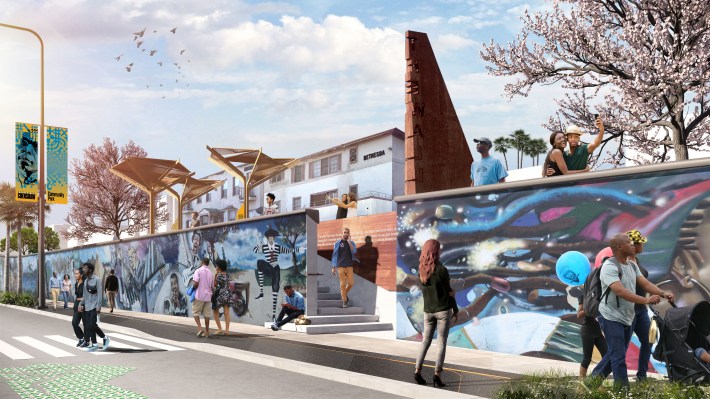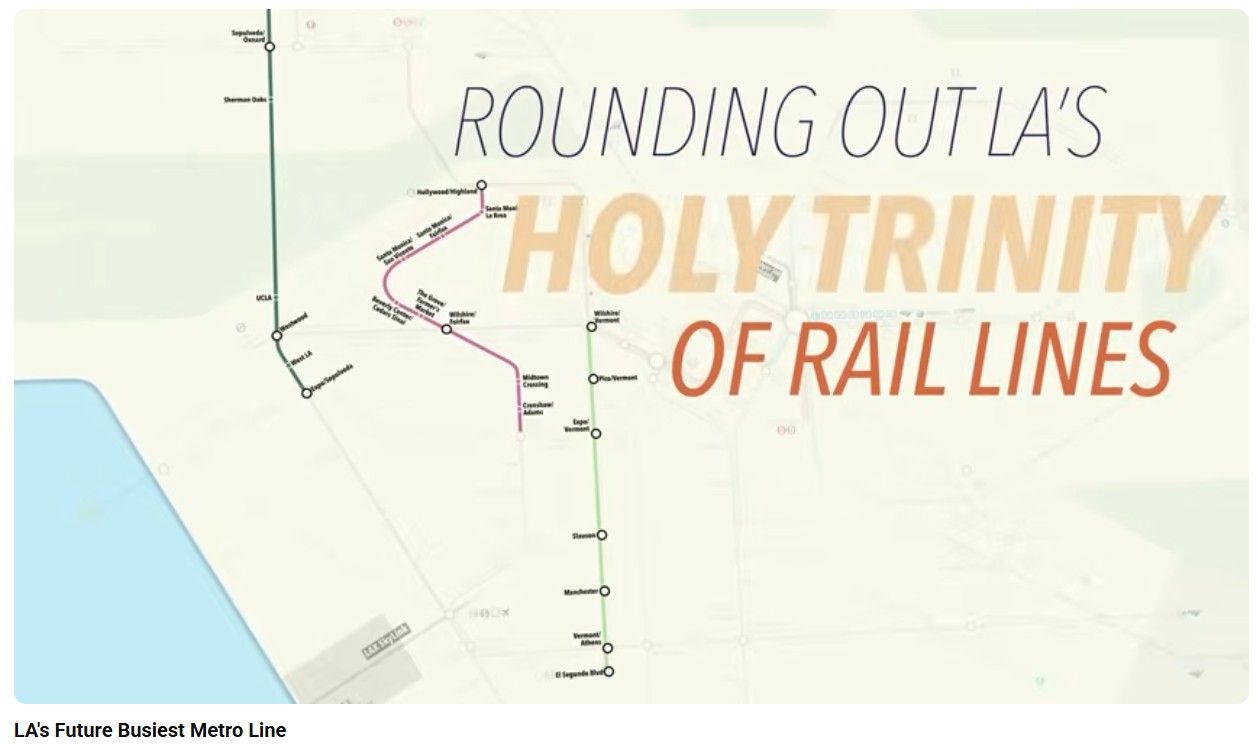Bicycling is at a tipping point in many American cities. Bike-share systems are multiplying rapidly, infrastructure that used to be seen as novel is now commonplace, and commuting rates are growing. There are many explanations for this cultural shift, but here’s one not to be ignored: federal funding.
Georgetown Public Policy Institute student Marissa Newhall posits in her master’s thesis [PDF] that there is a statistically significant correlation between per-capita bike-ped funding from the federal government and a city’s bike commute rate.
The finding comes at a time when federal bike-ped funding programs are 20 years old and have poured $8.5 billion -- a tiny fraction of overall transportation dollars, but not an insignificant sum of money -- into reshaping American streets to accommodate non-motorized transportation.
But these programs face an uncertain future. The current transportation bill slashed spending levels by anywhere between one-third and two-thirds, depending on how states use the money. Given what we know about the benefits of cycling for cities – saving money, reducing congestion, improving health outcomes, clearing the air – Newhall wanted to do an audit of what federal bike-ped funding has accomplished over its first two decades.
Lots of studies have illustrated the positive impact of dedicated bike infrastructure on commuting rates. But Newhall is the first to go a step further and show that federal funding itself can help determine commuting rates. “Funding is an expression of political priority,” Newhall writes. “When funds are allocated to a particular policy goal, that goal is seen as sanctioned and worthy of achievement. When funds are lessened or taken away from a policy objective, its supporters feel a loss of both morale and momentum.”
As we have frequently lamented on this blog, the state of statistical data on bicycling and walking leaves much to be desired, and Newhall emphasizes that this was a master’s thesis, not a funded dissertation she had years to conduct. Her sample size was small – she looked only at the country’s 51 most populous cities. Plus, the years she looked at – 2007, 2009, and 2011 – were anomalous years, which included a Great Recession and a stimulus that dumped unprecedented dollars into just about everything, including bike-ped infrastructure. Bike commuting rose two full percentage points between 2007 and 2009 in those 51 cities, before the stimulus money was even spent, because of the combined impact of the economic downturn and high gas prices.
That said, per-person federal investment in a city’s bicycling infrastructure is another major factor not to be overlooked.
“Each additional dollar of bicycle and pedestrian infrastructure spending per capita will increase a city’s bicycle commuting rate by 0.047 percentage points, on average and holding other factors constant,” Newhall reports. To have such an impact, she says, the funding should be allocated according to population size.

In the 2009 “Averagetown,” one extra dollar for each of the city’s 960,820 residents would generate 749 new bicycle commuters, a 17 percent increase.
“Cities in my sample that received higher amounts of funding per resident, regardless of the total amount of funding received and holding other factors constant, have higher shares of bicycle commuters,” Newhall said.
Federal allocations don’t translate directly into city expenditures, especially given the current protocol of Transportation Alternatives funding. Money is doled out to states based on a formula that includes things like total lane-miles and vehicle-miles traveled, rather than on population. States can freely squander up to half of their federal bike/ped money on other projects, and some is often rescinded when states have to return a portion of their federal allotments. Plus, states and cities can also spend their own dollars on bike and pedestrian projects, if they choose. None of this is included in Newhall’s analysis. “I wanted to start at the source,” she said.
It’s important to remember that while federal investment matters, it doesn’t take huge amounts of money to make a big impact. Portland, Oregon, one of the bike-friendliest cities in the United States, famously built its entire bicycle network for the cost of building one mile of four-lane highway.
Plus, bicycling has reached a tipping point. Lots of other factors, like high gas prices and cultural acceptance, won’t reverse even if federal funding dries up. Existing infrastructure will continue to serve riders and encourage new riders for a long time to come.
“That’s what makes it easy for opponents of increased bicycle and pedestrian investment to say, ‘Well, [bike commuting] is still going up so it doesn’t matter,'” Newhall said. “But I think there’s more to that story.”
“Are we going to consider it a defeat if it goes up at a slightly lower rate, or if it plateaus?” she said. “We have made gains, and we’re at a crucial point to make more -- if bike commuting is something we all agree is a worthy policy goal.”







